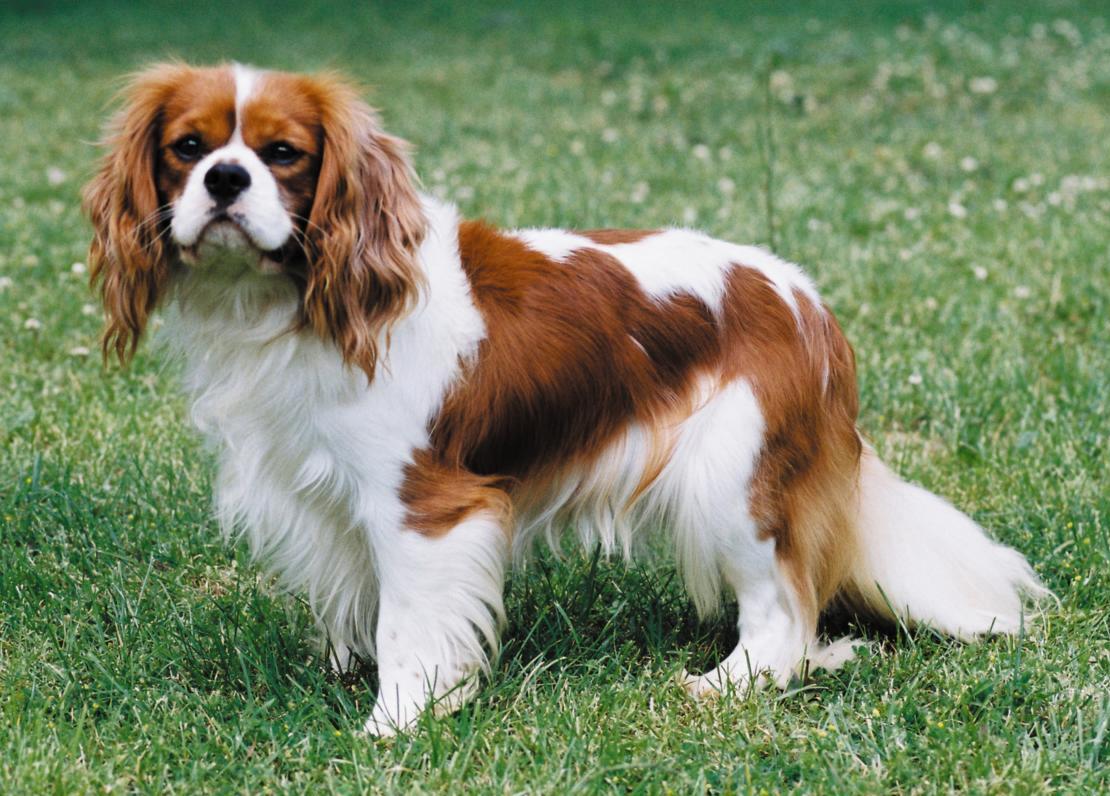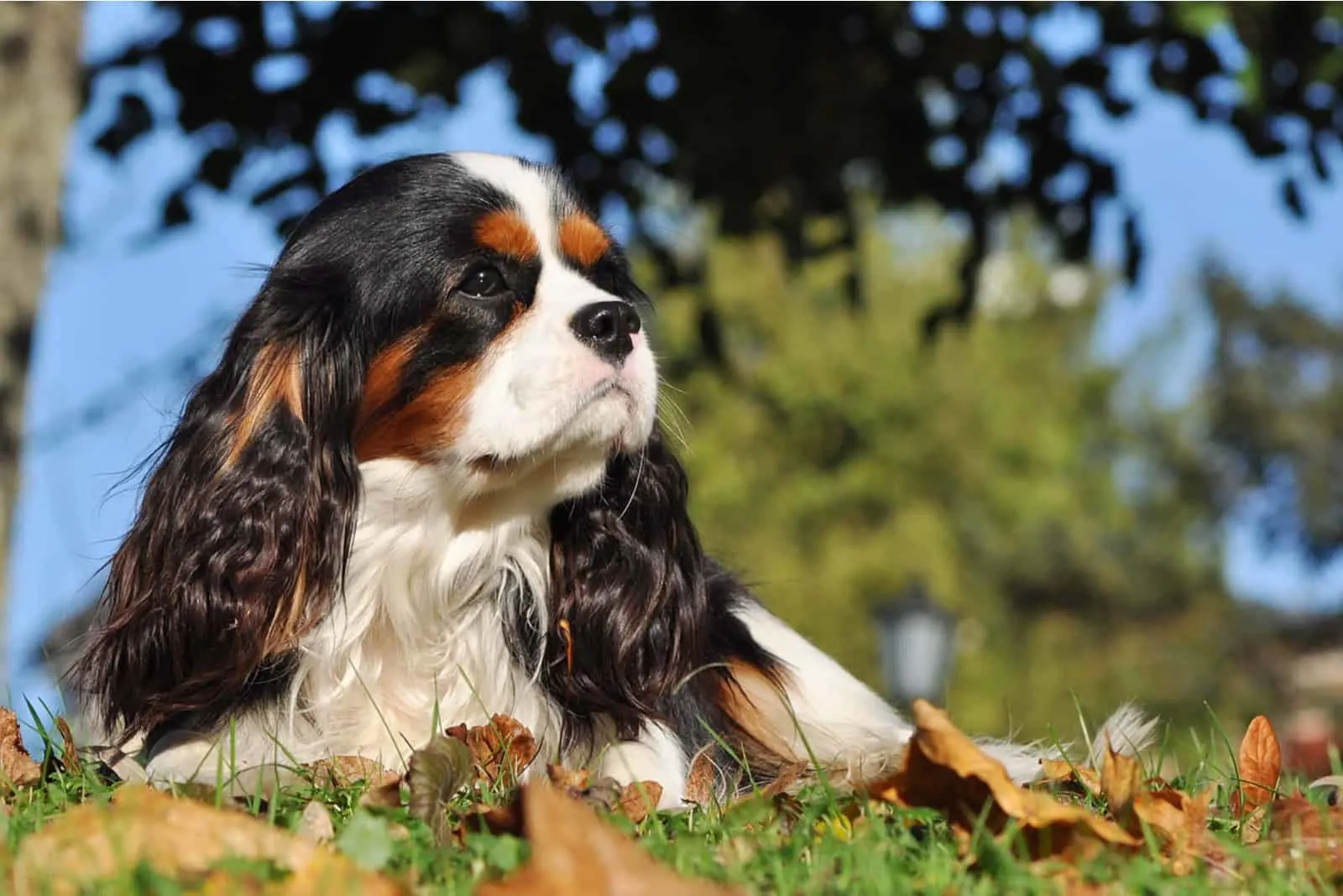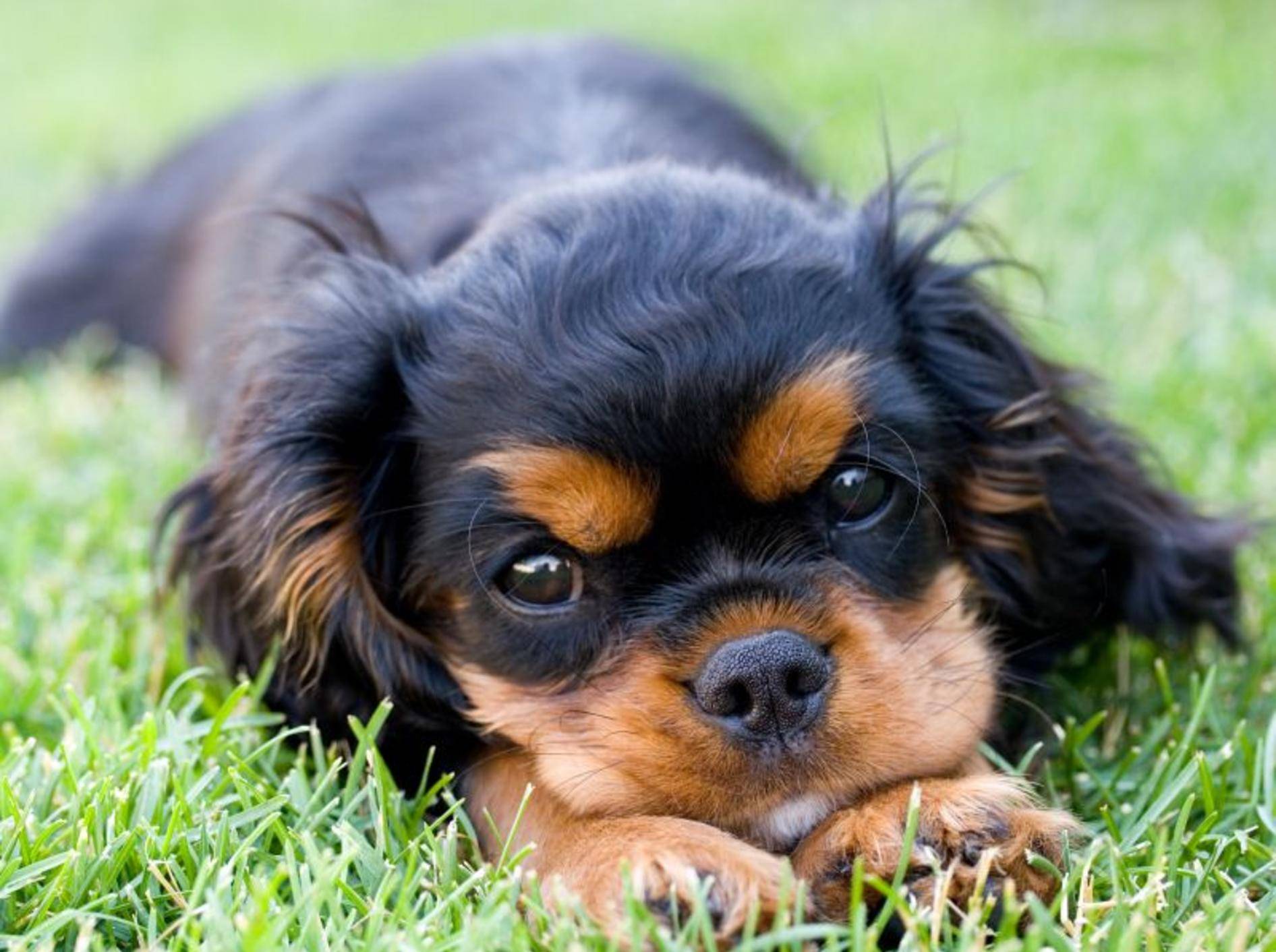
The Cavalier King Charles Spaniel is a toy breed with royal roots, descending from small spaniels favored by European nobility in the 16th and 17th centuries, especially during the reign of King Charles II of England, after whom the breed is named. These charming dogs were cherished as lap warmers and companions, often depicted in Renaissance paintings.
Over time, the breed’s appearance changed due to crossbreeding with flat-faced dogs like the Pug, giving rise to the King Charles Spaniel (English Toy Spaniel). However, in the early 20th century, breeders sought to restore the breed’s original look, resulting in the modern Cavalier King Charles Spaniel we know today. The breed was officially recognized by the American Kennel Club (AKC) in 1995 and continues to be a beloved companion dog worldwide.
The Cavalier King Charles Spaniel is consistently ranked among the top toy breeds in the world, thanks to its gentle nature, affectionate personality, and adaptable temperament. It is equally adored by families, seniors, city dwellers, and celebrities, making it one of the most versatile small breeds available today.
This breed combines elegance and charm with a compact, graceful body and a soft, expressive face.
• Coat: Silky, medium-length, often with a natural wave or feathering on ears, chest, legs, and tail.
• Colors:
o Blenheim (chestnut and white)
o Tri-color (black/white/tan)
o Ruby (solid red)
o Black and Tan
• Size:
o Height: 12–13 inches (30–33 cm)
o Weight: 13–18 lbs (6–8 kg)
• Head & Expression: A sweet, expressive face with large, round dark eyes, and a slightly rounded skull.
• Ears: Long and feathered, set high and wide apart.
• Tail: Gently feathered and carried in line with the back, often wagging.
• Body: Balanced, well-proportioned, with a graceful stride and soft demeanor.
The Cavalier is known for being a gentle, affectionate, and happy little dog who craves companionship and delights in human interaction.
• Affectionate Lap Dog: Loves to snuggle and follow its people everywhere.
• Sociable and Friendly: Gets along well with children, seniors, dogs, and even cats.
• Playful and Energetic: Enjoys short bursts of play and games but is also content to relax at home.
• Adaptable and Easygoing: Thrives in apartments or large homes as long as they receive affection.
• Sensitive and Gentle: Responds well to positive reinforcement—harsh corrections are not needed.

If you're looking for a charming, easygoing, and lovable small dog, the Cavalier is a dream companion.
• Perfect for First-Time Owners: Easy to train, manage, and bond with.
• Ideal Family Pet: Gentle with children and very affectionate with everyone.
• Low Barking Tendency: Generally quiet and polite.
• Loves Travel and Companionship: Makes an excellent therapy or emotional support dog.
• Good for Small Spaces: Comfortable in apartments and indoor living.
While low-maintenance compared to some breeds, Cavaliers do require attention, grooming, and companionship.
• Grooming:
o Brush 2–3 times per week to prevent tangles and maintain silky coat.
o Regular ear cleaning to avoid infections.
o Occasional trimming of nails and foot fur.
• Exercise:
o Needs daily walks and indoor play, but not overly energetic.
o Enjoys fetch, scent games, or agility for fun.
• Training:
o Eager to please and responds well to treats and praise.
o House training is typically easy with consistency.
• Nutrition:
o Watch calorie intake to avoid weight gain, especially in older dogs.
• Companionship:
o Not suited to being left alone for long periods—craves company and affection.
The Cavalier is a generally healthy breed, but some inherited conditions are common, especially in poorly bred lines:
• Mitral Valve Disease (MVD): A heart condition prevalent in the breed.
• Syringomyelia (SM): A neurological disorder caused by skull shape.
• Hip Dysplasia
• Ear Infections
• Eye Conditions: Including cataracts and retinal issues.
• Obesity: Due to their love of treats and calm demeanor.
Choosing a reputable breeder with health-tested parents is crucial to minimizing health risks.

Compared to the Shih Tzu, the Cavalier has a less dense coat and a more active personality. Unlike the Pekingese, which is more aloof, the Cavalier is outgoing and social. Compared to the Papillon, it is softer in temperament and less intense in energy.
It also differs from the King Charles Spaniel (English Toy Spaniel), which has a shorter muzzle and more domed head.
The Cavalier is perfect for individuals, families, and seniors seeking a gentle, affectionate, and elegant companion. If you want a loving lap dog that fits into almost any lifestyle, this breed may be your perfect match.
However, if you need a highly independent dog, or are away from home frequently, this breed may struggle with separation anxiety.
United Pet Club is here to help you find the ideal Cavalier King Charles Spaniel for your lifestyle. Whether you're looking to adopt or connect with ethical breeders, we provide trusted resources to guide you.
Explore our platform to learn more about this royal companion’s care, temperament, and history. Contact United Pet Club today to begin your journey with this charming and cuddly toy breed!